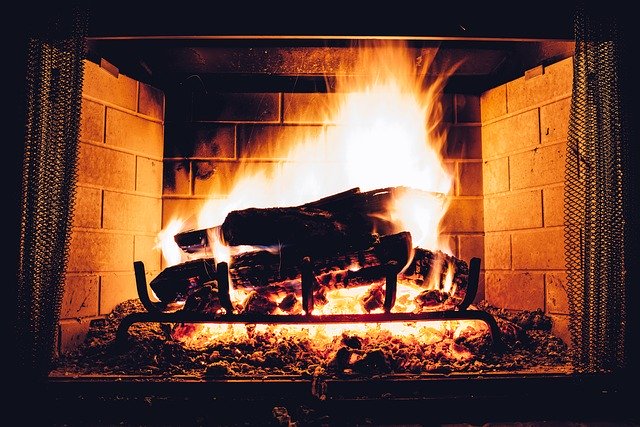Whether you have a wood stove that heats your home during the winter, or a wood-burning fireplace that you enjoy relaxing in front of during the cold seasons, it’s important to remember that not all firewood is equal. Here’s what you need to know before picking out firewood.

Opt for Seasoned Wood
Trees need plenty of moisture in order to survive and grow, so it’s obvious that a newly-felled tree will be filled with lots of water. A curing period is necessary in order for the wood to be seasoned properly so that it burns efficiently in your home. It’s helpful to never burn firewood with a moisture content higher than 20%, and you can check your wood’s moisture content with a handheld moisture meter.
Checks and cracks at the ends of split wood can also be a sign that firewood has a low moisture content and is good to use for burning. Always avoid burning green wood, as it has a high moisture content and is known to:
- Create lots of smoke when burnt
- Burn very slowly
- Leave heavy creosote deposits on chimneys
- Grow mold that can alter the air quality in your home
Consider Different Tree Species for Wood Burning
Many trees in our area are great for providing fuel when they are cut, split, and used for burning. The heavier the wood, the longer it will take to cure and season properly. When hardwoods like oak and hickory are seasoned and ready for burning, however, they will produce very hot and long-lasting fires. The best tree species that provide wood that burns hot and long and are therefore best for keeping warm in the winter include:
- Oak
- Hickory
- Maple
- Apple
- Beech
- White Ash
- Black Locust
Lighter woods will burn more quickly, but are good for mixing in with hardwoods, as well as for kindling.
Understanding Wood Measurements is Key
When you shop for firewood, you’ll probably hear the word “cord” mentioned by wood salespeople. A cord of firewood is 128 cubic feet of stacked firewood that measures approximately 4’x4’x8’. The wood should be tightly arranged. A “rick” is another term that is used for firewood, and it provides about one-third the amount of the wood that a cord includes. If you use lots of firewood in the winter and have a safe, dry place to store the wood, it’s often more cost-effective to buy your wood in cords.
Have Questions about Trees and Firewood?
At Nelson Tree Specialist, our professional arborists are here to provide DC, MD, and VA homeowners with the tree services they need, including trimming, maintenance, removal, and more. For more information about firewood or even general tree care, contact us today.
